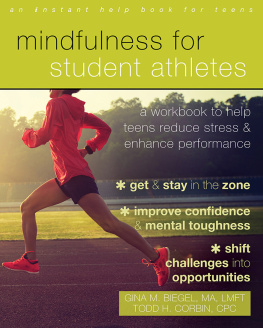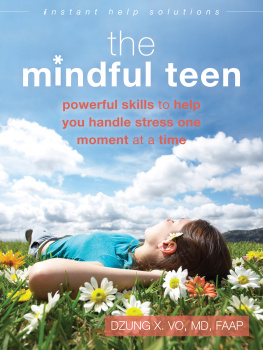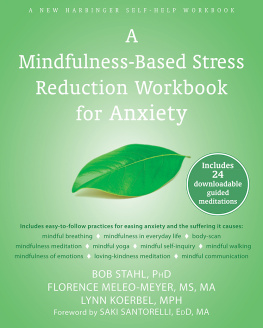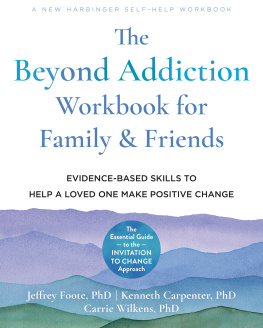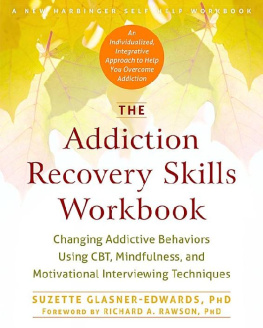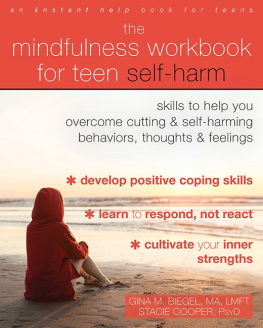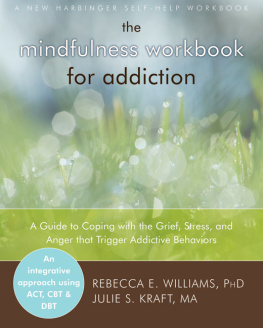

Copyright 2020 by Rockridge Press, Emeryville, California
No part of this publication may be reproduced, stored in a retrieval system, or transmitted in any form or by any means, electronic, mechanical, photocopying, recording, scanning, or otherwise, except as permitted under Sections 107 or 108 of the 1976 United States Copyright Act, without the prior written permission of the Publisher. Requests to the Publisher for permission should be addressed to the Permissions Department, Rockridge Press, 6005 Shellmound Street, Suite 175, Emeryville, CA 94608.
Limit of Liability/Disclaimer of Warranty: The Publisher and the author make no representations or warranties with respect to the accuracy or completeness of the contents of this work and specifically disclaim all warranties, including without limitation warranties of fitness for a particular purpose. No warranty may be created or extended by sales or promotional materials. The advice and strategies contained herein may not be suitable for every situation. This work is sold with the understanding that the Publisher is not engaged in rendering medical, legal, or other professional advice or services. If professional assistance is required, the services of a competent professional person should be sought. Neither the Publisher nor the author shall be liable for damages arising herefrom. The fact that an individual, organization, or website is referred to in this work as a citation and/or potential source of further information does not mean that the author or the Publisher endorses the information the individual, organization, or website may provide or recommendations they/it may make. Further, readers should be aware that websites listed in this work may have changed or disappeared between when this work was written and when it is read.
For general information on our other products and services or to obtain technical support, please contact our Customer Care Department within the United States at (866) 744-2665, or outside the United States at (510) 253-0500.
Rockridge Press publishes its books in a variety of electronic and print formats. Some content that appears in print may not be available in electronic books, and vice versa.
TRADEMARKS: Rockridge Press and the Rockridge Press logo are trademarks or registered trademarks of Callisto Media Inc. and/or its affiliates, in the United States and other countries, and may not be used without written permission. All other trademarks are the property of their respective owners. Rockridge Press is not associated with any product or vendor mentioned in this book.
Interior and Designer: Heather Krakora
Art Producer: Samantha Ulban
Editor: Nicky Montalvo
Production Editor: Matthew Burnett
All Images Used Under License iStock.
ISBN: Print 978-1-64611-265-4 | eBook 978-1-64611-266-1
R0
I dedicate this book to my shining star mom. Her courage and bravery drive me to be the best counselor and person that I can be.
CONTENTS
If youre reading this workbook on a touch-screen device, you can add notes and highlight text just like you would in a physical workbook.
Some sections will prompt you to write in answers or personal responses. Its easygive it a try right here: ___________.
With your finger, tap and hold for a few moments on the line above. Depending on the device youre using, an icon such as a magnifying glass will appear. Lift your finger and youll see an options menu. Select Note (or Notes) to add and save your own text. When youre done, an icon or highlighted area will remain, which you can always return to and tap if you want to reopen and read or edit your note.
The same tap-and-hold options menu offers Highlight or Color, which you can select if you want to highlight a passage or check a box. Experiment with it: By swiping your finger before releasing you can select entire sentences or paragraphs. The options menu also offers Bookmark for when you want quick access back to certain pages.
This method is the same on nearly all touch-screen ebook devices, but some have slight variations. If youd like more information specific to the device youre holding in your hands, a quick online search will yield best results.
My experience with the illness of addiction came very early in life. If you looked at my family tree, you would see that addiction to various substances exists in nearly every generation. I spent much of my upbringing learning how to be a supportive family member to someone struggling with addiction. I remember attending Alcoholics Anonymous meetings with my mom, fascinated while listening to stories filled with resiliency, courage, and braveryalong with negative emotions such as shame, regret, and guilt. I found it a beautiful thing to be in the midst of people who, standing at a precipice, could change the entire course of their life. I looked to those that I loved and found their ability to overcome addiction movingso much so that once I started college, I began studying the field of addiction and counseling. I was given the opportunity to work at a few different levels of care for those with addiction, in different programs ranging from outpatient to residential treatment. This breadth of experience guided me toward bringing mindfulness practices to aid treatment for people of different backgrounds in this group. Through my work, I found that mindfulness skills seemed to really help my clients with their more immediate emotional and thought-based struggles.
Many of the other types of therapy I was implementing helped as well, but in general they took longer to get results. Learning mindfulness takes time, too, but for some people the skills developed begin calming the mind and body very quickly. I felt that helping those struggling with addiction in this way focused less on their substance use specifically, which also gave them skills to better their lives as a whole. Mindfulness is not about focusing on one problem to fix; instead, it encourages viewing the self as perfectly imperfect. For those dealing with addiction issues, thinking in this way seems more hopeful. This hope can feel like a driving force toward finding the right kind of change. Seeing my clients foster this hope gave me hope as well. Since learning this, I have been working on honing my skills to teach others about mindfulness, so that they feel more at ease and are able to gain a sense of peace within their own lives. The perceived ledge they feel they are teetering on is transformed into a stepone they can mindfully manage with practice.

Addiction is complex, and it can be difficult to understand where an addiction comes from. Many factors contribute to the development of an addiction, including genetic makeup, the environment one is or was exposed to (i.e., ones current situation and/or ones upbringing), past trauma, mental health issues, and the availability of resources. Addiction is not a lack of self-discipline, nor is it the result of poor choices. It is classified as a disorder in which changes within the brain can be detected, and which directly affects the way that the brain functions.



